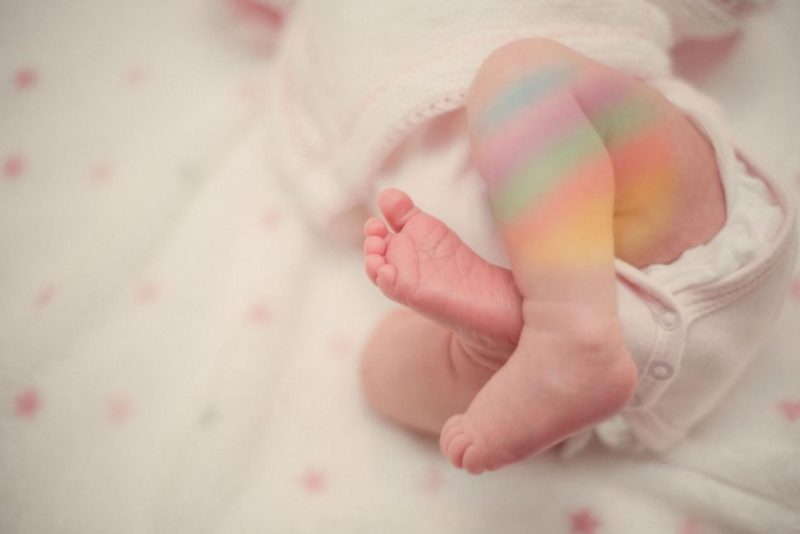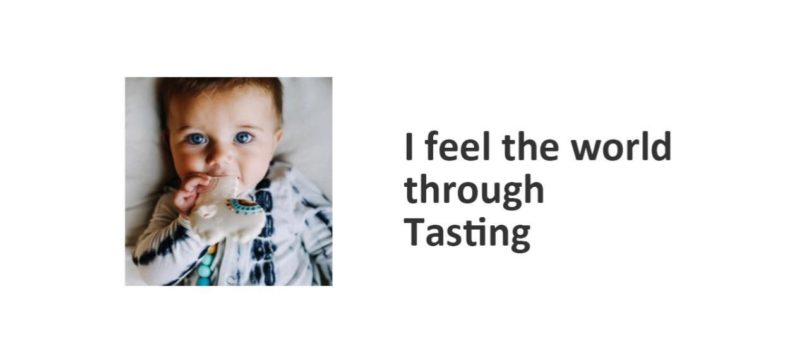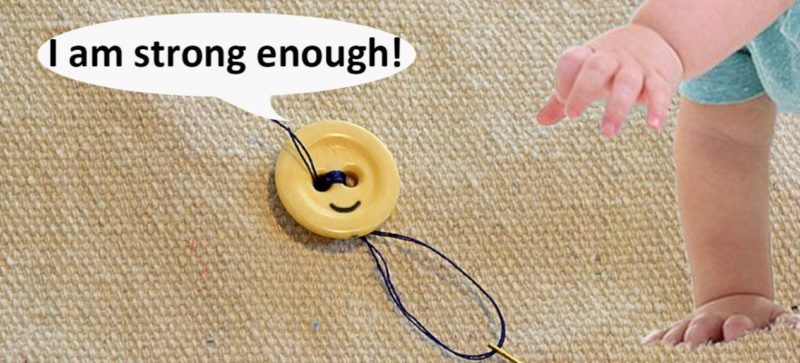Safety comes to the first consideration when purchasing baby’s garments
Recently, I have been trying to buy new clothes for my 7 months old baby; I narrowed my choices by two factors I cared about most, raw materials – cotton, color – light color or no color.
I chose cotton because it is comfortable to wear, but why I prefer light color or no color?
Isn’t bright vivid style not my favor, no, I like to be colorful, but I tend to worry about the pigment is not stable, after being chewed by my baby girl, in another word, I don’t want my baby to risk eating the pigment from the clothes! So, compared to appearance, I care more about safety and quality.

What exactly is baby’s garments safety about?
Ok, what exactly is safety and quality of garment? In a word, Garment’s safety determines whether the apparel we wear will harm our health or increase the risk.
Generally, all manufacturers of baby’ garments must have their garments third party tested and certificated as compliant with applicable baby’s garments safety rules.
Here are some common properties referring to baby’s garments and accessories safety and quality, there are:
- Colorfastness to perspiration and saliva
- Flammability resistance
- Chemical analyses
- Button and snap attachment resistance
- Neck opening stretch
Today, we will only delve into colorfastness and button and snap attachment resistance two topics concerning to safety of children’s clothing.
Colorfastness to perspiration
Summer days, sweating days; Babies typically begin to crawl after 6 months, and they do sweat a lot… Just imagine, after a day, come to the baby bath time, to your surprise, you find the rainbow on the new cloth transferred on the skin of your baby! How does that happen? That’s due to the bad colorfastness performance, i.e. the pigment is not stable on the cloth.

Poor quality garments do have these dyestuff unstable problems(poor colorfastness), that why consumers today tend to clothing brand to reduce the risk, and this is the exact reason why big brands or the factories behind the big brands have their own testing labs, during which they do lots of test including colorfastness. And for this particular colorfastness to perspiration, they will use a perspiration tester kit to tell whether the dyestuff is strong enough to stay on the cloth in a salty condition. If you want to know more information about this tester, click here.
Colorfastness to saliva
Besides perspiration, Babies like putting everything they can reach into their mouth.

Button and snap attachment resistance
Just like the above situations, bigger babies, as power grows, are likely to grasp out accessories like buttons out, and then put them into the mouth.

Conclusion
Baby’s garment should be tested before they are for sale, and only those pass the kinds of tests can be identified as Safety garment, consumers tend to choose big brands, and they choose for a single reason: big brand means safety and quality, and the message we want to address here is big brands do test to ensure the safety and quality, and that’s also the reason why they become big brands.


